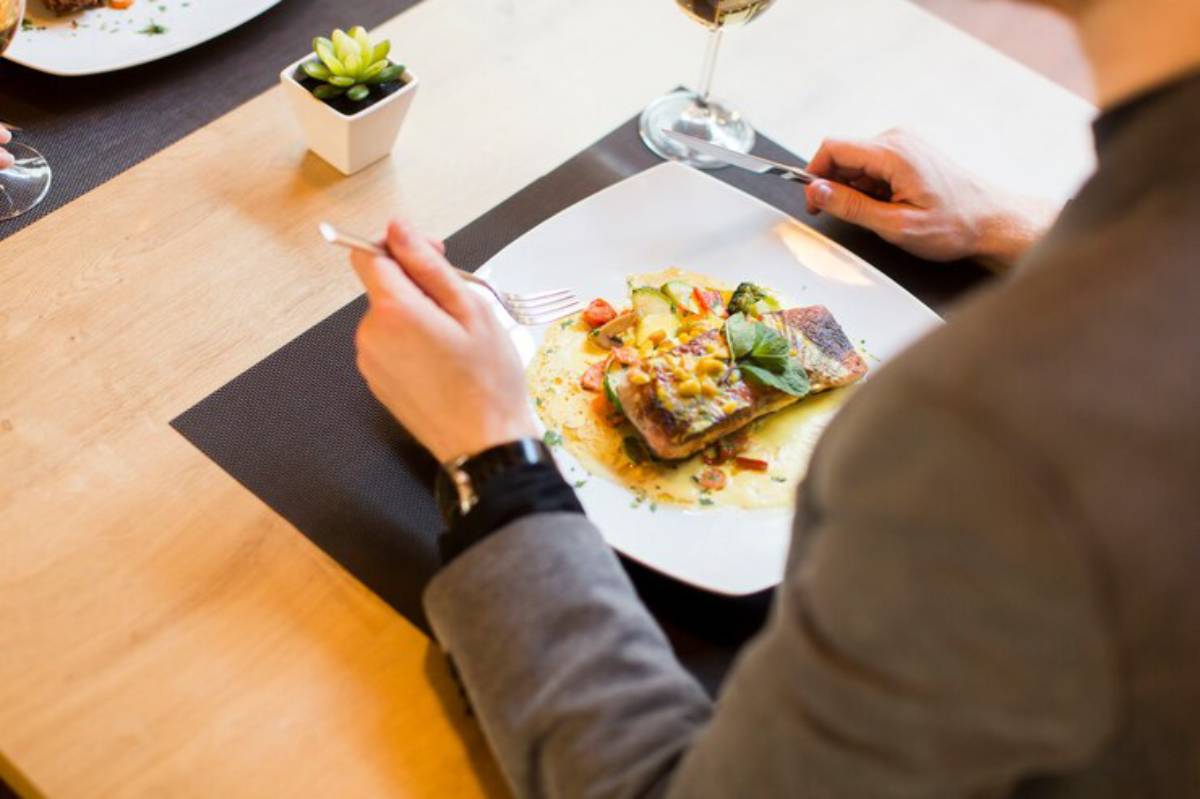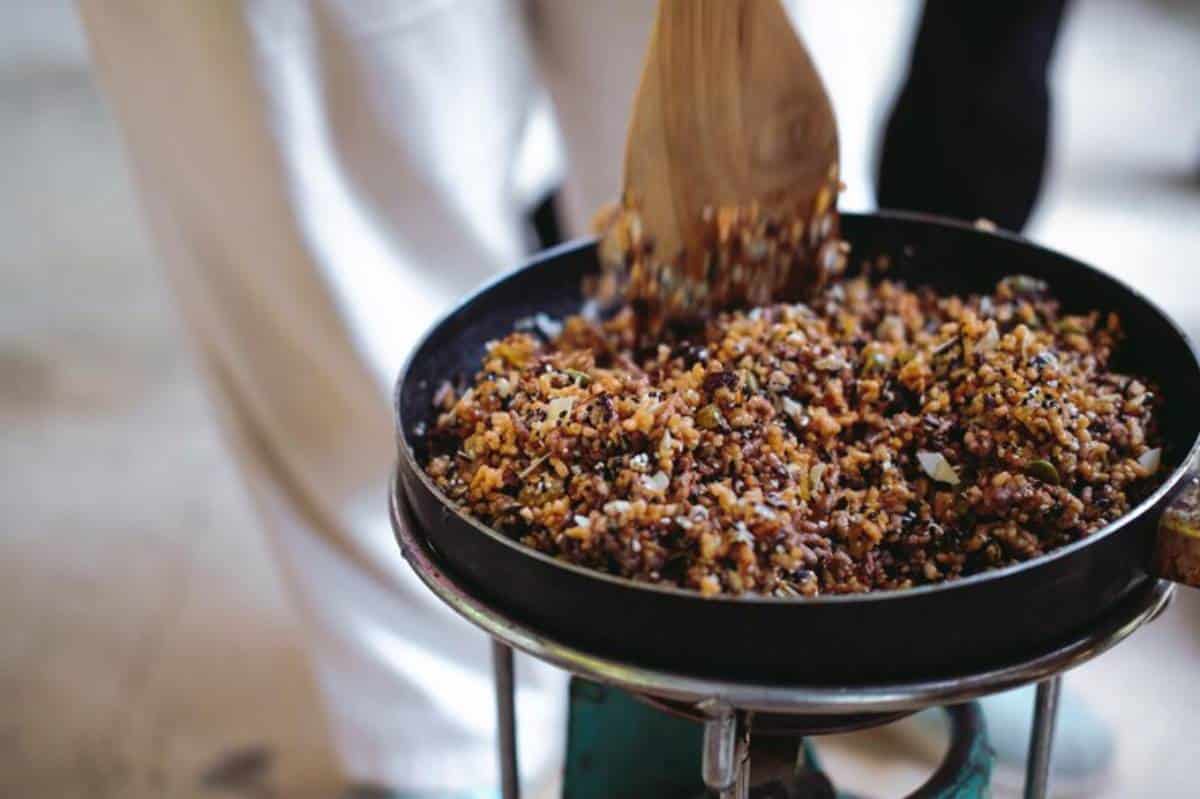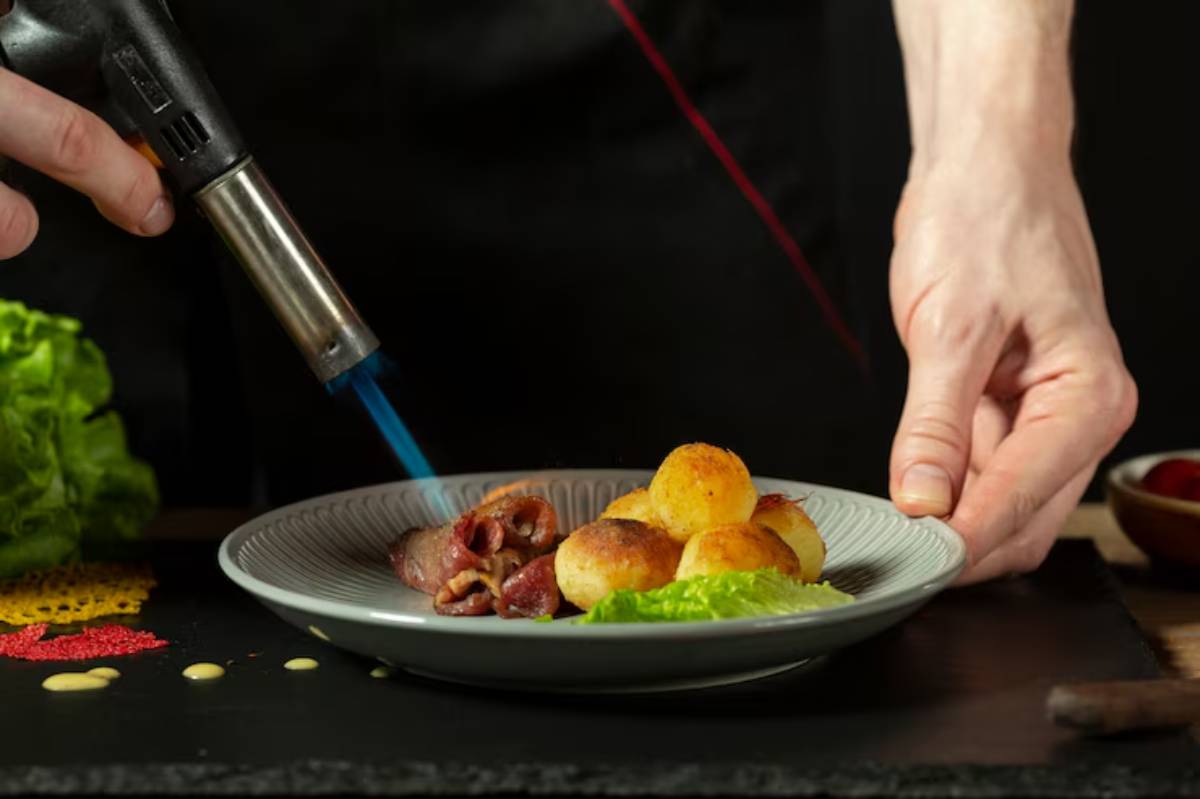
Intro to Molecular Cooking at Home
Imagine turning your kitchen into a mini science lab where you transform the everyday into the extraordinary. Picture liquids becoming spheres that burst in the mouth, or airy foams adding dramatic flair to your dish. Welcome to the exciting world of molecular gastronomy. It blends science and fine dining, and it’s not just for top chefs anymore.
If you love Heston Blumenthal’s dishes or want to spice up your dinner parties, this guide will help you learn the basics of molecular cooking at home. You’ll discover the main principles, find the tools you need, and learn how to create your own gourmet science kitchen on a budget.
Let’s dive into the fun, the flavours, and the foams.
What Is Molecular Gastronomy?
A Marriage of Science and Cooking
Molecular gastronomy focuses on understanding and changing the physical and chemical processes in cooking. It’s what allows a chef to turn olive oil into powder or lemon juice into edible caviar.
Molecular gastronomy is different from traditional cooking. Instead of just relying on experience and taste, it uses science. This approach creates surprising textures and presentations while still keeping the flavour intact.
How It All Started
The term was coined in the 1980s by Hungarian physicist Nicholas Kurti and French chemist Hervé This. Their goal? To study the science behind cooking and help chefs understand how ingredients behave at a molecular level.
Today, this technique has shifted from fancy restaurant kitchens to home cooks who want to try new things.
Why Try Molecular Cooking at Home?
1. It’s More Accessible Than You Think
You don’t need a chemistry degree or thousands of pounds in lab equipment. Many modernist cooking tools are now affordable, and starter kits are widely available.
A basic molecular gastronomy starter pack — with sodium alginate, calcium lactate, agar agar, and a syringe set — can cost less than £50.
2. It Transforms the Way You Cook
Molecular gastronomy helps you:
- Enhance flavours through emulsions, reductions, and vapours
- Create surprising textures like gels, foams, or spheres
- Elevate presentation with artistic, fine-dining elements
It’s not just about being fancy — it’s about being playful and intentional with your food.
3. It’s a Fun, Educational Hobby
If you enjoy experimenting, you’ll love molecular cooking. It’s ideal for curious minds who love food, science, or both.
Parents even use it to teach kids chemistry in an edible (and delicious) way.
Key Techniques to Explore
Let’s look at some fundamental methods you’ll likely encounter as a beginner.
Spherification
This technique involves turning a liquid into a gel-like sphere that resembles caviar. It bursts in your mouth, releasing flavour. It’s done using sodium alginate and calcium lactate.
Best for: Juices, sauces, cocktail components
Example: Passionfruit pearls atop a cheesecake
For more on this, check out our in-depth guide on spherification techniques using agar.
Foams and Espumas
Using a whipping siphon and stabilisers, you can create light foams to top soups, mains, or desserts. Think beetroot foam over smoked salmon or lemon espuma with shortbread.
Best for: Enhancing aroma and texture without overwhelming the plate
Gelification
With agents like agar agar or gelatin, you can create firm, flexible, or melt-in-the-mouth gels. You can shape them into noodles, cubes, or sheets.
Best for: Desserts, layered appetisers, or unique plating presentations
Emulsification
This involves combining two ingredients that don’t usually mix — like oil and vinegar. With lecithin or mustard, you can make stable sauces or even airy emulsions.
Best for: Mayonnaises, vinaigrettes, and mousse-style toppings
Tools for Your Modernist Cooking Setup
Starting your own molecular gastronomy kitchen doesn’t mean emptying your savings. Here’s what you actually need:
Basic Essentials
- Digital Scale (0.1g precision) – Accurate measurement is critical
- Whisk and Fine Mesh Sieve – For smooth mixtures and straining
- Small Containers & Pipettes – For controlled spherification
- Whipping Siphon – For foams, espumas, and carbonated fruit
- Sous Vide Machine – To maintain perfect temperatures
You can find affordable bundles online or assemble your own setup.
Useful Add-ons (as You Advance)
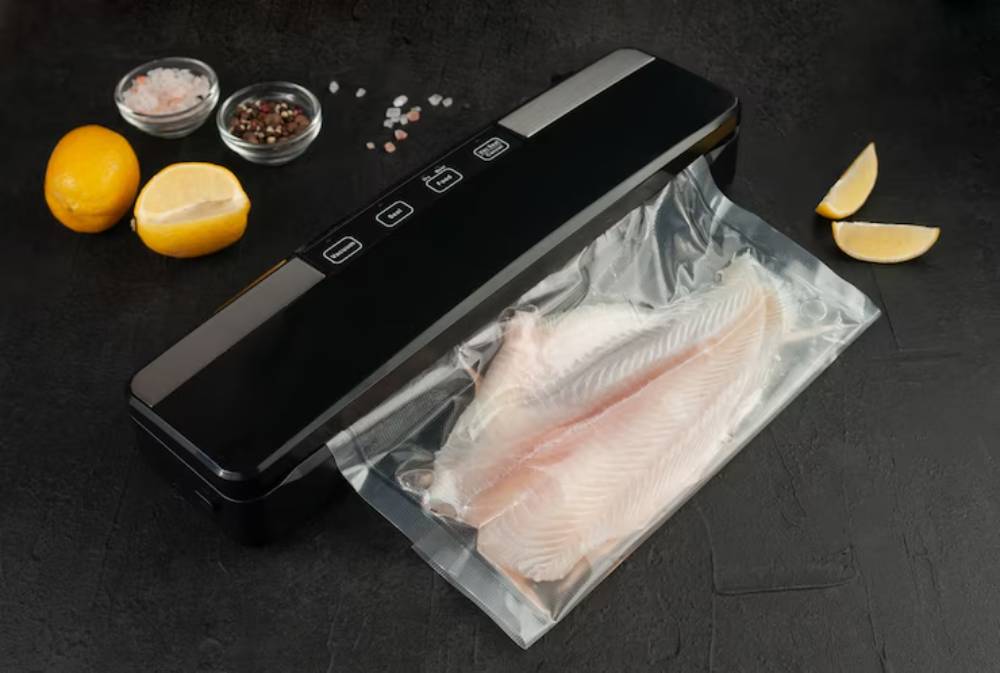
- Vacuum Sealer – Great for infusions and sous vide prep
- pH Meter – Useful for recipes that require acidity balance
- Liquid Nitrogen – Only if you’re very advanced and trained in safety
- Anti-Griddle – Freezes food instantly for unique textures
Most of the tools also serve traditional cooking purposes — your digital scale and immersion blender won’t gather dust.
Ingredients That Power the Magic
You’ll come across some unusual names, but they’re safe, food-grade, and often plant-based.
Here are some common ones:
| Ingredient | Function | Source |
| Sodium Alginate | Spherification | Brown seaweed |
| Calcium Lactate | Reacts with alginate to form spheres | Fermented sugar beets |
| Agar Agar | Gelification agent | Red algae |
| Lecithin | Emulsifier and foaming agent | Soy or egg yolks |
| Xanthan Gum | Thickening and stabilising | Corn fermentation |
Always source from reputable culinary supply shops to ensure food safety.
Practical Tips Before You Begin
1. Measure With Precision
Molecular gastronomy is less forgiving than traditional cooking. A tiny deviation in measurement can ruin texture or flavour.
2. Keep a Clean Workspace
Sanitation is essential. Even a small amount of contamination can affect the outcome of foams or gels.
3. Don’t Rush the Process
Many techniques require rest time, exact temperatures, or pH balance. It’s worth the patience for the payoff.
4. Start Simple
Master one method at a time. For instance, try creating strawberry spheres before jumping to multi-layer foams.
Is It Worth the Effort?
Absolutely — if you’re someone who loves creativity in the kitchen.
Molecular cooking:
- Impresses guests with dramatic flair
- Makes food more engaging and interactive
- Gives you a scientific lens to understand flavour and texture
Imagine serving a tomato consommé encapsulated in a burstable sphere or adding a smoky rosemary air to your mashed potatoes. You’re not just feeding — you’re performing.
And the best part? You’re learning skills you can bring to traditional cooking, too.
Real-World Scenarios from Home Cooks
Here’s what some enthusiasts have shared:
“I hosted a dinner party where dessert was mango spheres on coconut foam — it was easier than I thought, and everyone asked for seconds.” — Jon, home cook from Brighton
“My kids love experimenting with agar and juices. They think it’s magic when it gels!” — Priya, science teacher and mum
“I used molecular techniques to elevate my vegetarian dishes. Foamed cauliflower with smoked paprika is now a staple.” — Alex, plant-based food blogger
You don’t need a studio kitchen or a Michelin-star background. Just curiosity, patience, and a willingness to explore.
Expanding Your Skills
Once you’ve dipped your toes in, there’s much more to explore — from multi-textured appetisers to constructing a tasting menu. A natural next step might be learning how to make foams and espumas at home with depth and control.
You can expand your skills with workshops, YouTube channels, and molecular gastronomy recipe books. Make sure your sources are credible. Look for trained chefs or respected culinary scientists.
Conclusion: A Dash of Curiosity, A Pinch of Science
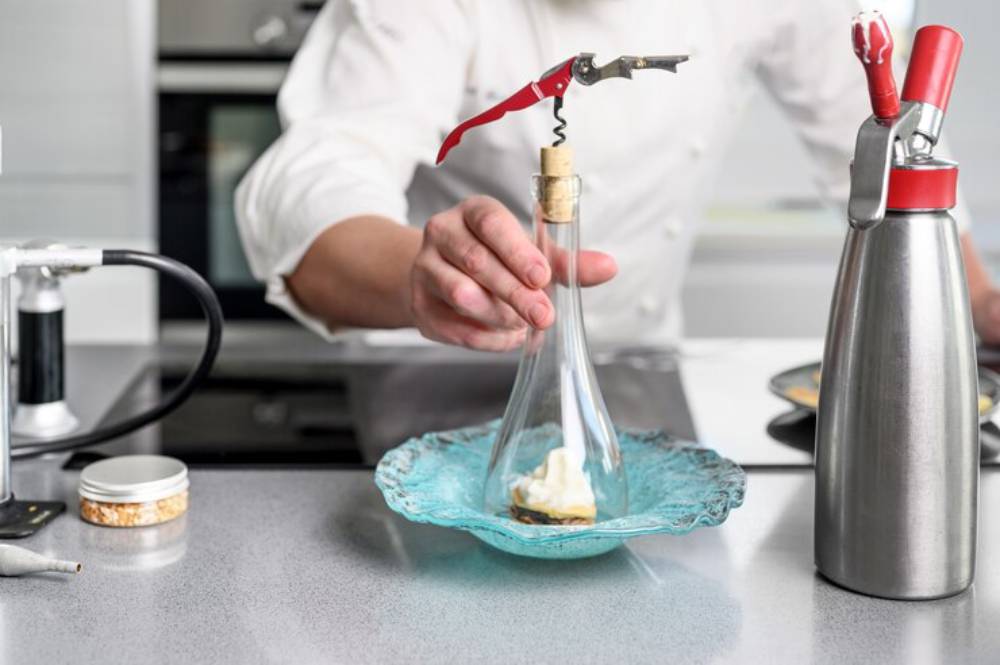
Molecular gastronomy is more than a flashy trend. It’s a gateway to understanding the “why” behind what we eat and a chance to bring awe and artistry to your cooking. And the best part? You can do it without leaving your kitchen.
Learn the basics, gather essential tools, and start with simple techniques. You can turn an ordinary meal into an unforgettable experience.
So go on — swap your salt for sodium alginate, your whisk for a siphon, and bring some molecular magic to your next meal.
Ready to start cooking with science? Grab your kit and make your kitchen your new lab.

